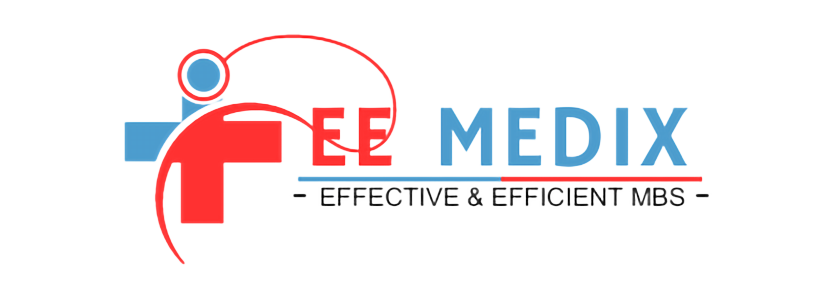Radiology billing services are a crucial component of the healthcare industry, ensuring that healthcare providers receive proper compensation for the diagnostic imaging services they offer. In this comprehensive guide, we will delve into the world of radiology billing services. Shedding light on common modifiers, the professional component of radiology billing, the distinctions between Revenue Cycle Management (RCM) and billing, and the all-important Current Procedural Terminology (CPT) codes for radiology services.
Understanding Radiology Billing Services
Radiology billing services play a pivotal role in streamlining the financial aspects of a healthcare facility. These services encompass a wide range of tasks that begin from the moment a patient undergoes a radiological procedure to the time the provider receives payment. Let’s explore the key aspects of radiology billing in detail:
What are the most common modifiers for radiology billing services?
Modifiers in radiology billing help healthcare providers convey specific information to insurance companies and payers. The following are some of the most common modifiers used in radiology billing:
- -26 (Professional Component): This modifier indicates that the healthcare provider is billing for the professional interpretation of the radiological images. It’s important for distinguishing between the technical and professional components of a radiological service.
- -TC (Technical Component): The -TC modifier represents the technical component of radiology services. Which includes the equipment, personnel, and facilities required for the procedure. Separating the professional and technical components ensures accurate reimbursement.
- -59 (Distinct Procedural Service) identifies distinct services that should be reimbursed separately when multiple radiology procedures are performed on the same day.
What is the professional component of radiology billing?
The professional component of radiology billing refers to the interpretation and medical decision-making conducted by the radiologist. This critical aspect ensures that healthcare providers receive compensation for their expertise in reading and diagnosing radiological images accurately. Billing for the professional component is typically done using the -26 modifier.
Radiologists are responsible for analysing the images, making a diagnosis, and providing a detailed report to the referring physician. This report serves as a fundamental tool for patient management, treatment planning, and further medical interventions.
What is the difference between RCM and billing?
Revenue Cycle Management (RCM) and billing are connected yet separate processes in the healthcare revenue cycle. Understanding the differences is vital for optimizing financial efficiency:
- Billing: Billing is a specific aspect of RCM that involves generating and sending claims to payers or patients. It deals with the actual invoicing and documentation of services provided.
- RCM: Revenue Cycle Management encompasses a broader spectrum of financial operations, including patient registration, eligibility verification, coding, claims submission, payment posting, and denial management. It’s a comprehensive approach to maximizing revenue.
What is the CPT code for radiology services?
CPT codes, or Current Procedural Terminology codes, are essential for identifying and billing for specific medical procedures. In the case of radiology services, the CPT codes vary depending on the type of procedure performed. Here are a few examples:
- Use CPT Code 70030 (Radiologic Examination, Eye for Foreign Body) when conducting a radiologic examination of the eye to locate a foreign body.
- Utilize CPT Code 72100 (Radiologic Examination, Spine, Single View) for a radiologic examination of the spine, in a single view.
- Apply CPT Code 74177 (MRI, Breast, with and without contrast) when performing a breast MRI with and without contrast.
These CPT codes are integral in the billing process to ensure that healthcare providers receive appropriate reimbursement for the services they provide.
Conclusion
Radiology billing services are a cornerstone of the healthcare industry, ensuring that medical professionals receive just compensation for their expertise. Understanding common modifiers, the professional component, the distinction between RCM and billing, and the right CPT codes is crucial for efficient billing and revenue optimization. By mastering the intricacies of radiology billing, healthcare facilities can not only provide better patient care but also thrive financially.

